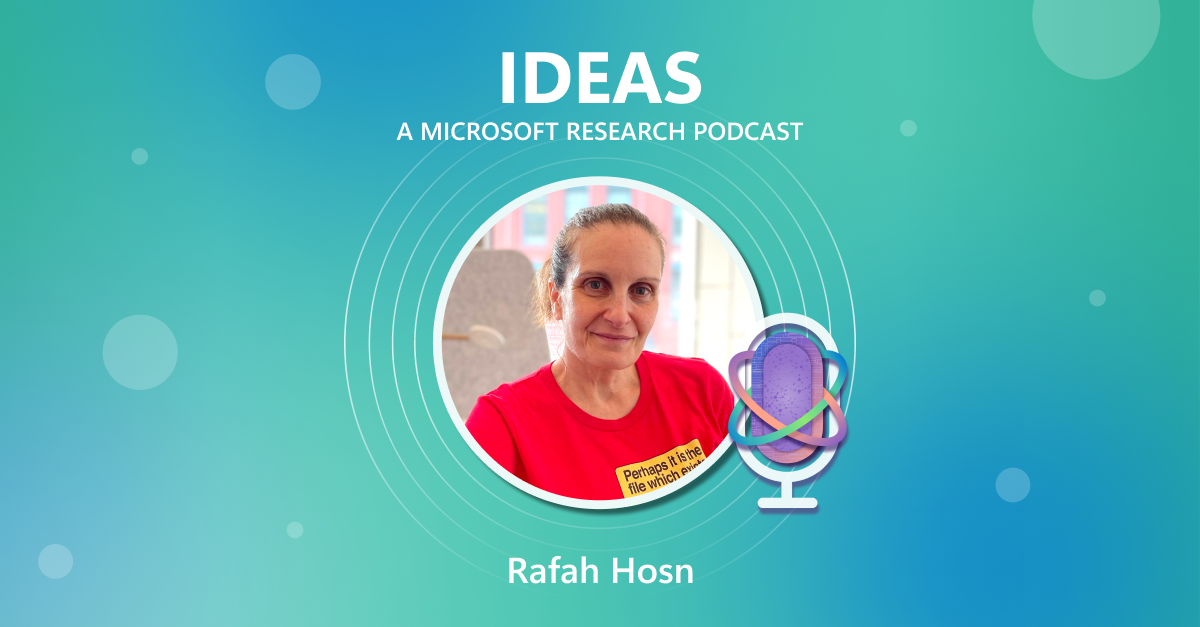First to explain… no, there is no time. Let me sum up: you are a scientist with complex geospatial data visualization challenges. We at Microsoft Research have a solution for you and we’re enhancing this through the release of a software library called Narwhal (opens in new tab). (We threw in some example applications as well.) The parent project is Layerscape (opens in new tab) and the geospatial stories are told by using the WorldWide Telescope (opens in new tab) visualization engine. The release of Narwhal is in line with our philosophy of “As long as we’re going to build some tools, let’s share them and save others having to re-invent.” Inconceivable! For more: read on!
Suppose you have some data that you’d like to look at… and it is complicated data. What do I mean by complicated? Perhaps you have a model of an electrical impulse travelling through a maze of 7,000 neurons. Or you have recovered the dive trajectories for the 43 Weddell seals you tagged last summer, or you just derived the magnetic field interactions between Jupiter and Callisto, or the Jaguar supercomputer has finally finished your solution for the thermodynamic structure of the Earth. Let’s run through the two questions that occur to the data visualizer—you—at a time like this: What format should my data be in? And how do I look at it?

WorldWide Telescope visualization of data on Puget Sound water flow
Ideas: Exploring AI frontiers with Rafah Hosn
Energized by disruption, partner group product manager Rafah Hosn is helping to drive scientific advancement in AI for Microsoft. She talks about the mindset needed to work at the frontiers of AI and how the research-to-product pipeline is changing in the GenAI era.
Unfortunately, there is as yet no single answer to these two questions; and to be fair, you probably already know what format your data is in (be it MATLAB, Comma Separated Value, NetCDF-CF, Microsoft Excel, or whatever). But because your data is complicated, you find it difficult to render and examine on your laptop. Well, we built WorldWide Telescope (WWT) to take advantage of your PC graphics card and now you can look at 500,000 data points as they unfold in time; watch this tour (opens in new tab) to get the idea. The ability to see the data is just the beginning; we are painfully aware that even though you can see the data, there are lots of other tasks to perform before it is useful, and that is why we built both the Layerscape website (to support content sharing) and the WorldWide Telescope Add-in for Excel (opens in new tab) (to help you import your data into WWT). All of this you can learn about at Layerscape (opens in new tab).
So far, so good; but if you are really a technical programmer, you will see more potential here—more visualization power—than you can readily access by using Excel. In fact, you may want to be able to connect directly from your software—which helps make sense of your data—to WWT where that data will appear as pixels and lines and circles and polygons and moving sidewalks and drifting balloons and neural impulses and seal-dive trajectories and magnetic fields. Enter Narwhal: software that helps you organize your data and send it to WWT. Narwhal is in its first release, so it is not the ultimate solution, but it does take big jump in that direction. To see what sorts of things Narwhal can help you do, take a look at this video (opens in new tab).
To wrap this up: we are certain that visualization is a key to understanding data, and that humans—and specifically, researchers—are increasingly good at deluging ourselves with massive, complex, hard-to-understand datasets. At Microsoft Research we are both happy and fortunate to get to work on related tools: Layerscape, WorldWide Telescope, and the WWT Add-in for Excel… and now Narwhal. We hope that they find their way to the scientists and educators who need them—and we will continue to refine them, so watch this blog for updates.
—Rob Fatland (opens in new tab), Senior Research Program Manager, Microsoft Research Connections
Learn More

